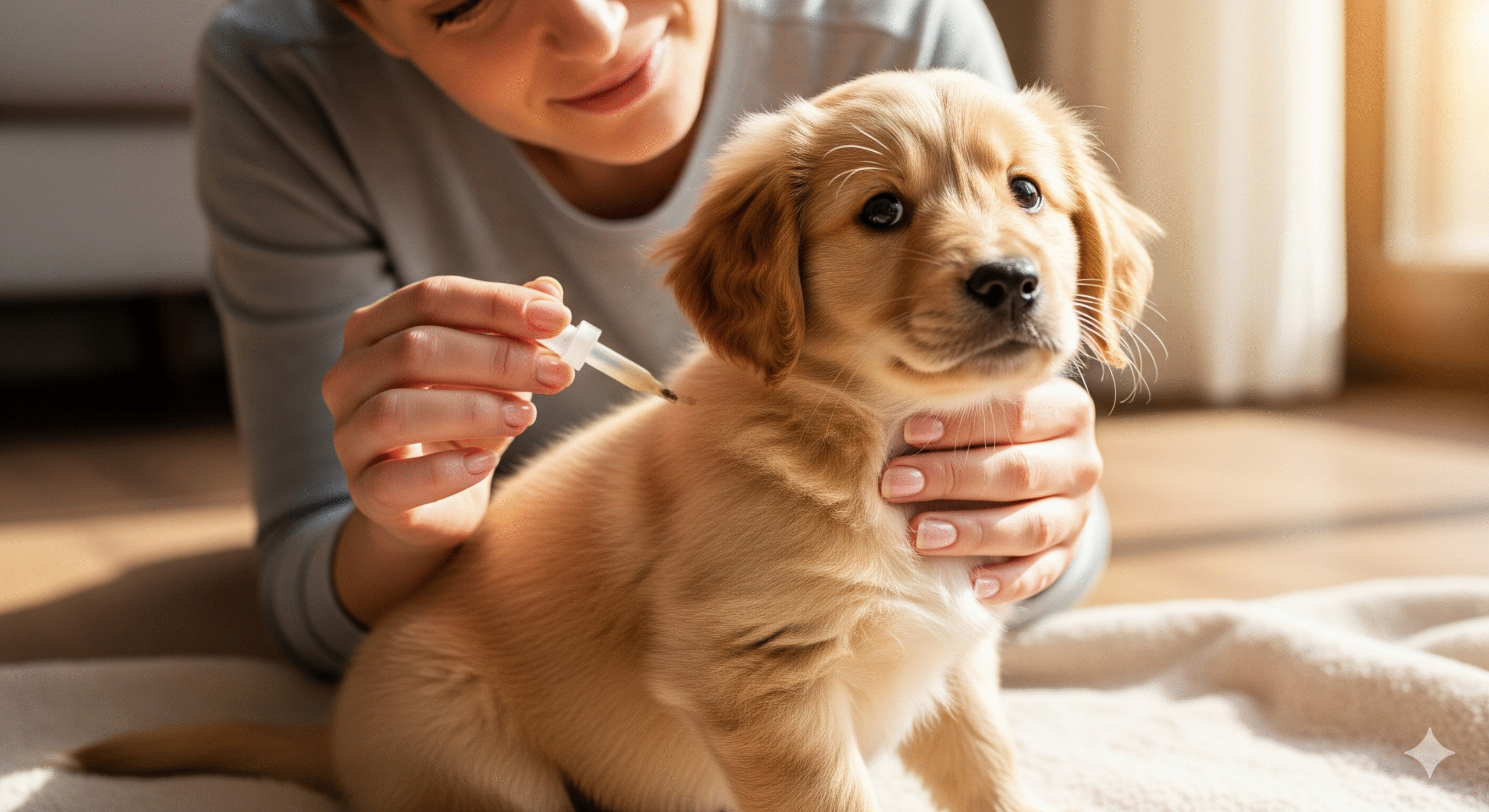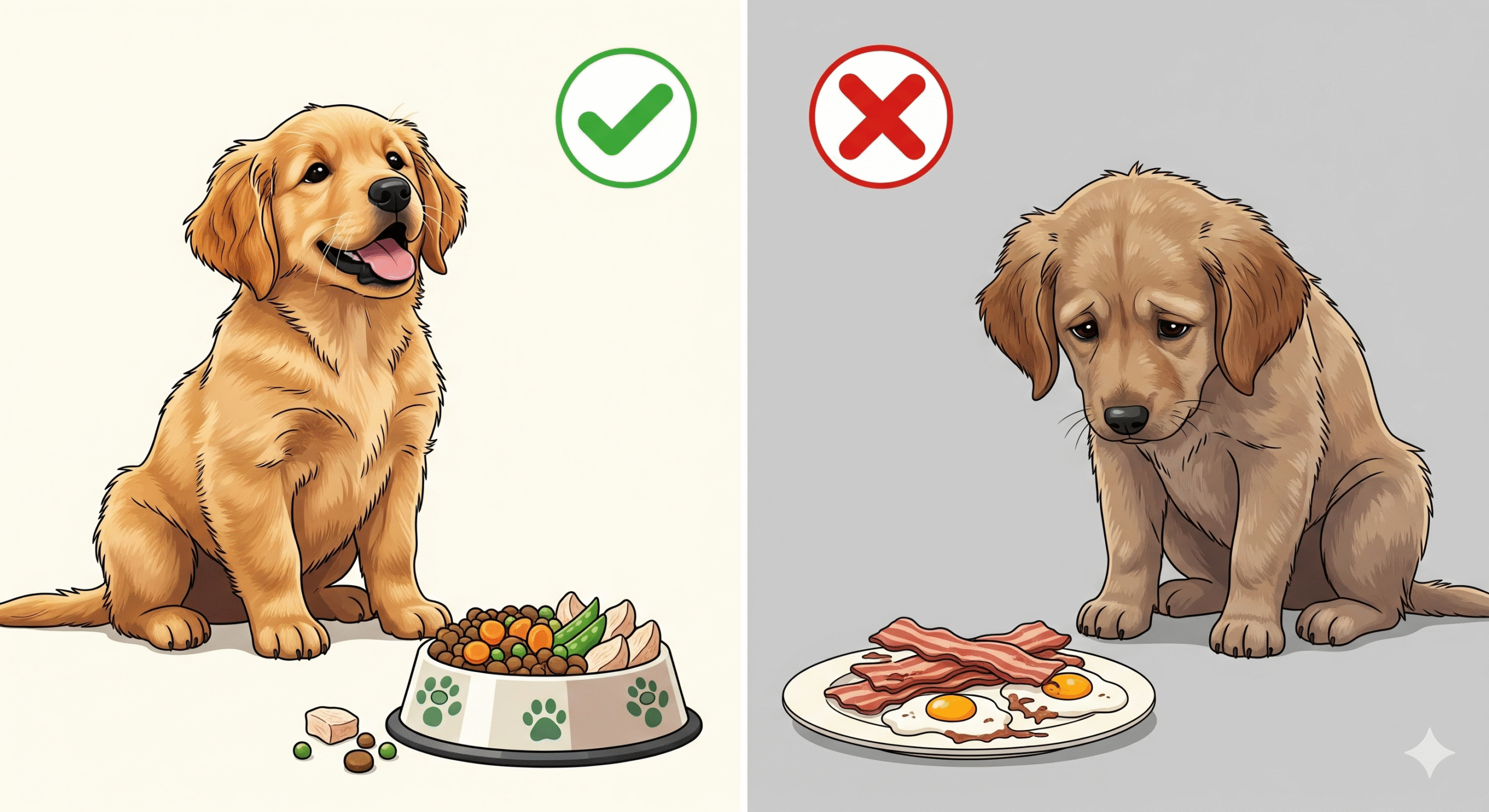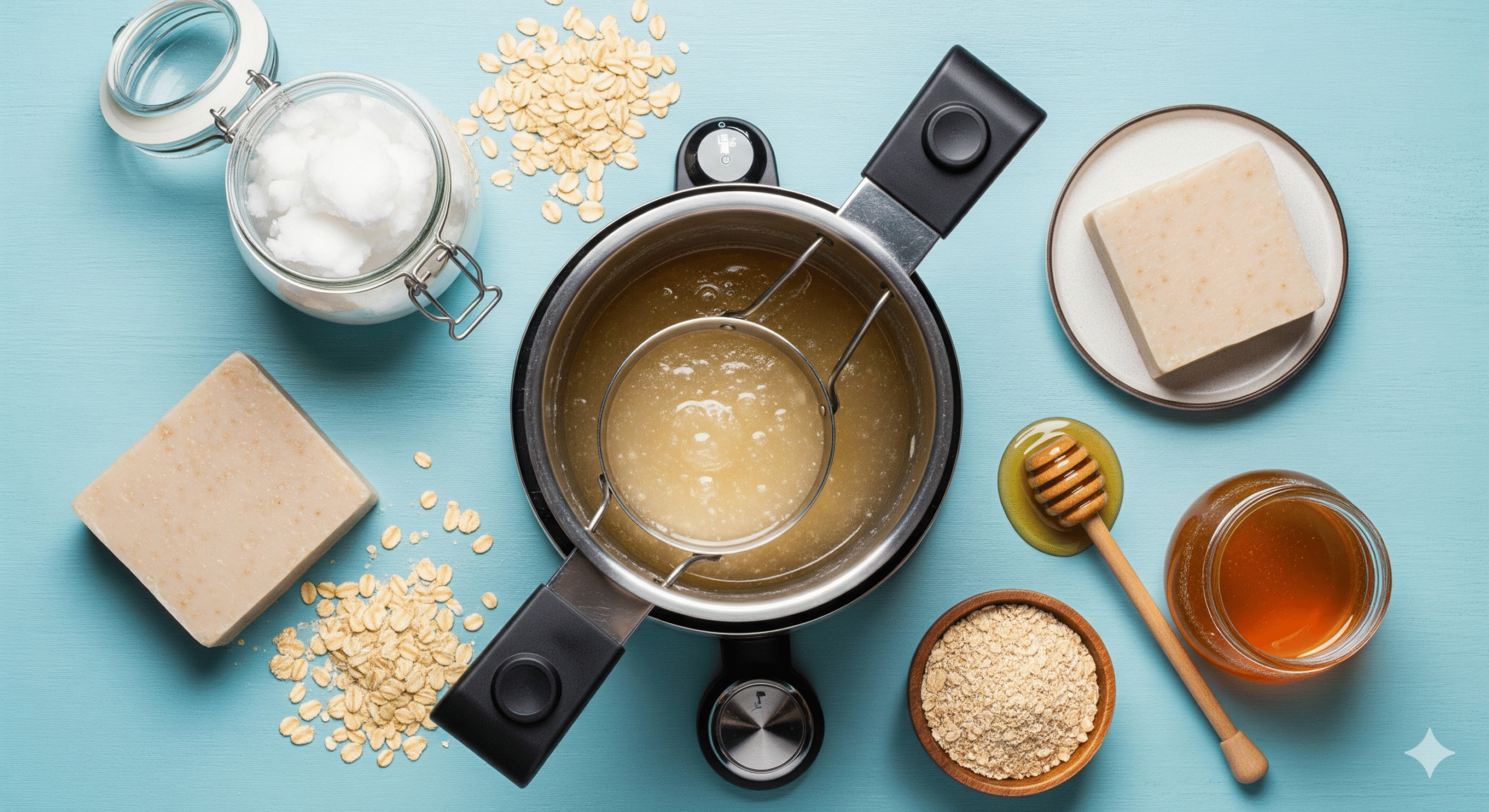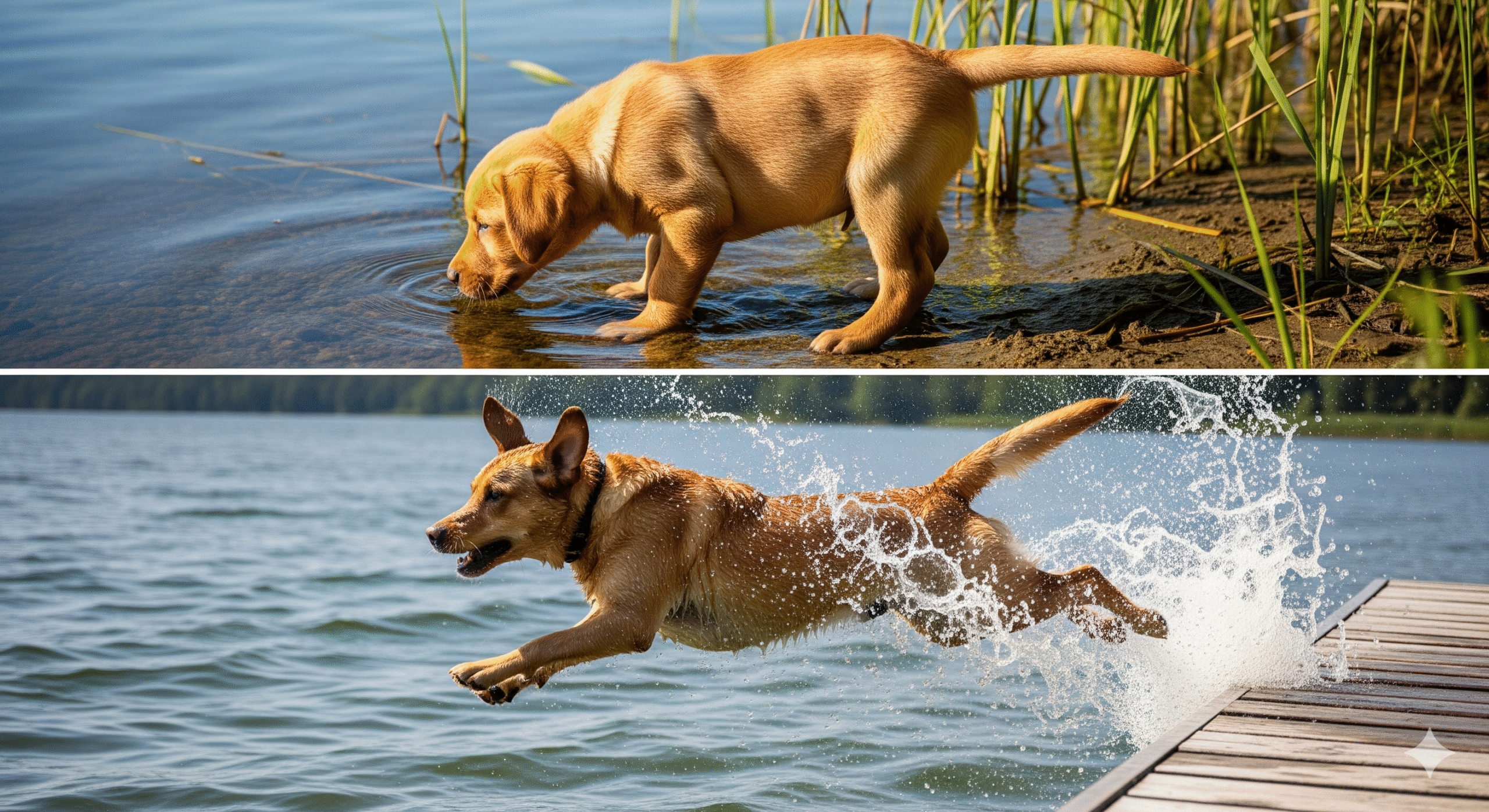Bringing a new puppy home is one of life’s greatest joys. The cuddles, the playful pounces, and the unconditional love are priceless. But discovering tiny, dark specks jumping through their fur can quickly turn that joy into panic. You’ve found fleas on your puppy, and now you’re wondering what to do. 😱
Don’t worry. Fleas are a common problem, but for a young, vulnerable puppy, they can be more than just an itchy nuisance. Their small bodies and developing immune systems make them susceptible to serious health issues caused by these pests. Using the wrong treatment can be just as dangerous.
This guide will walk you through everything you need to know about safely treating and preventing fleas on puppies. We’ll cover vet-approved methods, what to avoid at all costs, and how to ensure your home becomes a flea-free sanctuary for your new best friend.
Why Are Fleas So Dangerous for Puppies?
An adult dog might handle a few flea bites with some scratching, but for a puppy, a flea infestation is a significant health risk. Their bodies are not equipped to handle the same level of stress from these blood-sucking parasites.
Flea Bite Anemia
A single flea can consume up to 15 times its body weight in blood. Now imagine dozens or even hundreds of them feeding on a tiny puppy. This rapid blood loss can lead to flea bite anemia, a condition where the puppy doesn’t have enough red blood cells to carry oxygen through its body. Symptoms include pale gums, lethargy, cold body temperature, and weakness. In severe cases, it can be fatal.
Tapeworms and Disease Transmission
Fleas are notorious carriers of tapeworm larvae. When a puppy nibbles or grooms itself to relieve an itch, it can accidentally ingest an infected flea. The tapeworm larva then matures in the puppy’s intestines, stealing vital nutrients and causing discomfort. You might see small, rice-like segments in your puppy’s stool or around their rear end. Fleas can also transmit other bacteria and diseases, posing a further threat to a puppy’s underdeveloped immune system.
Severe Skin Infections and Allergies
Constant scratching can cause serious damage to a puppy’s delicate skin. Open sores, raw patches (known as “hot spots”), and hair loss are common. These damaged areas can easily develop secondary bacterial infections, requiring antibiotics and further veterinary care. Furthermore, some puppies can have an allergic reaction to flea saliva, a condition called Flea Allergy Dermatitis (FAD), which causes intense itching and misery from just a single bite. 😥
Understanding the Flea Life Cycle: Your Enemy’s Blueprint
To effectively eliminate fleas, you must understand their life cycle. What you see on your puppy is only the tip of the iceberg. Adult fleas make up just 5% of the total flea population in your home! The other 95% exists as eggs, larvae, and pupae hidden in your carpets, furniture, and bedding.
- Eggs (50%): An adult female flea can lay up to 50 eggs per day. These eggs aren’t sticky; they fall off your puppy and into the surrounding environment like a tiny salt shaker of doom.
- Larvae (35%): The eggs hatch into tiny, worm-like larvae that burrow deep into carpets, upholstery, and dark crevices, feeding on organic debris and “flea dirt” (adult flea feces). They hate light.
- Pupae (10%): The larvae spin cocoons to become pupae. This stage is incredibly resilient and can lie dormant for weeks or even months, protected from insecticides and vacuuming. They only emerge when they sense heat, vibration, or carbon dioxide—signals that a host (your puppy) is nearby.
- Adults (5%): Once emerged, the adult flea must find a host to feed on within hours. This is the stage you see on your pet, and the cycle begins all over again.
This is why simply treating your puppy is not enough. You have to treat your entire home and yard as well to break the cycle for good.
How to Safely Treat Fleas on Puppies
A puppy’s system is extremely sensitive. You cannot use the same flea products on an 8-week-old puppy that you would on an 8-year-old dog. Safety must be your number one priority.
Step 1: Always Consult Your Veterinarian First
Before you do anything else, call your vet. 📞 This is non-negotiable. Your veterinarian will confirm it’s actually fleas, check for signs of anemia or infection, and recommend a puppy flea treatment that is safe for your specific puppy’s age, weight, and breed. They have access to the latest product safety information and can prescribe medications that are both effective and gentle enough for your little one.
Safe Treatment Options for Young Puppies
Once you have your vet’s approval, here are some of the safest methods for dealing with fleas on puppies:
Flea Combs: A fine-toothed flea comb is your best friend for immediate relief. It’s a non-toxic, mechanical way to remove adult fleas. Comb through your puppy’s fur, paying close attention to the neck, back, and base of the tail. Have a bowl of soapy water nearby to drown any fleas you comb off.
Specially Formulated Puppy Shampoos: Your vet may recommend a gentle flea shampoo made specifically for puppies. It’s crucial to use only a product labeled “safe for puppies” and to follow the age instructions precisely. A warm bath with this shampoo can kill the adult fleas currently on your puppy. Be sure to keep the water out of their eyes and ears.
Topical Treatments (Spot-ons): Many popular flea treatments are liquids applied to the skin between the shoulder blades. However, most have strict age and weight minimums (often 7-8 weeks or older). NEVER use a product on a puppy that is younger or smaller than the label indicates. Using the wrong dose or product can be toxic. Just as you monitor your puppy for other health issues, like the signs of kennel cough in puppies, it’s vital to be vigilant with flea treatments.
Oral Medications: Chewable tablets that kill fleas are highly effective but are typically reserved for puppies that meet specific age and weight requirements, as prescribed by a veterinarian. They work by entering the puppy’s bloodstream, killing fleas when they bite.
What to AVOID: Dangerous Flea Treatments for Puppies
The internet is full of DIY remedies and off-label product suggestions. Many of these are ineffective and can be extremely dangerous for a puppy. NEVER use the following:
- ❌ Flea products intended for adult dogs: These contain higher concentrations of pesticides that can cause neurological damage, seizures, or even death in puppies.
- ❌ Flea products for cats: Some flea treatments for cats contain permethrin, which is highly toxic to dogs.
- ❌ Essential oils: Tea tree oil, peppermint oil, and others are often touted as “natural” flea repellents, but they can be toxic to puppies if ingested or absorbed through the skin.
- ❌ Garlic and brewer’s yeast: These are old myths that have been debunked. Large amounts of garlic are toxic to dogs and can cause severe anemia.
- ❌ Dish soap for bathing (unless directed by a vet): While it can kill fleas, it strips the natural oils from a puppy’s skin, leading to severe dryness and irritation.
Your Battle Plan: Eradicating Fleas from Your Home
Remember, 95% of the flea problem is in your house. After treating your puppy, you must launch an all-out assault on your home environment.
1. Wash Everything in Hot Water
Gather up all your puppy’s bedding, your own bedding, blankets, pillow covers, and even clothes that have been on the floor. Wash everything in the hottest water the fabric can tolerate and dry on high heat to kill all flea life stages.
2. Vacuum Like a Pro
Vacuum every single day for at least a week or two. This includes carpets, rugs, hardwood floors, tile, and upholstered furniture. Use the crevice tool to get along baseboards and under furniture. The vibrations from the vacuum can stimulate pupae to hatch, exposing the new adult fleas to be sucked up. Crucially, you must dispose of the vacuum bag or empty the canister outside immediately after each use.
3. Treat Your Yard and Home (Safely)
Speak to your vet or a pest control expert about pet-safe environmental sprays or foggers. These products often contain an Insect Growth Regulator (IGR), which prevents flea eggs and larvae from developing into adults, effectively breaking the life cycle.
Long-Term Flea Prevention for Puppies
Once you’ve won the battle, you need to win the war. The best way to deal with a flea infestation is to prevent it from ever happening again. Work with your vet to choose a safe, monthly flea prevention for puppies. This will likely be a topical or oral medication that your puppy can start once they are old enough.
Conclusion: A Flea-Free Future for Your Puppy
Finding fleas on puppies is stressful, but it’s a manageable problem with the right approach. The keys to success are acting quickly, prioritizing safety by consulting your veterinarian, and being incredibly thorough in treating both your puppy and your home. By understanding the flea life cycle and using age-appropriate products, you can protect your new companion from the dangers of these pests.
Ready to keep your puppy happy, healthy, and itch-free? Share your own flea-fighting stories or ask any questions in the comments below! We’re all in this together! ❤️🐾
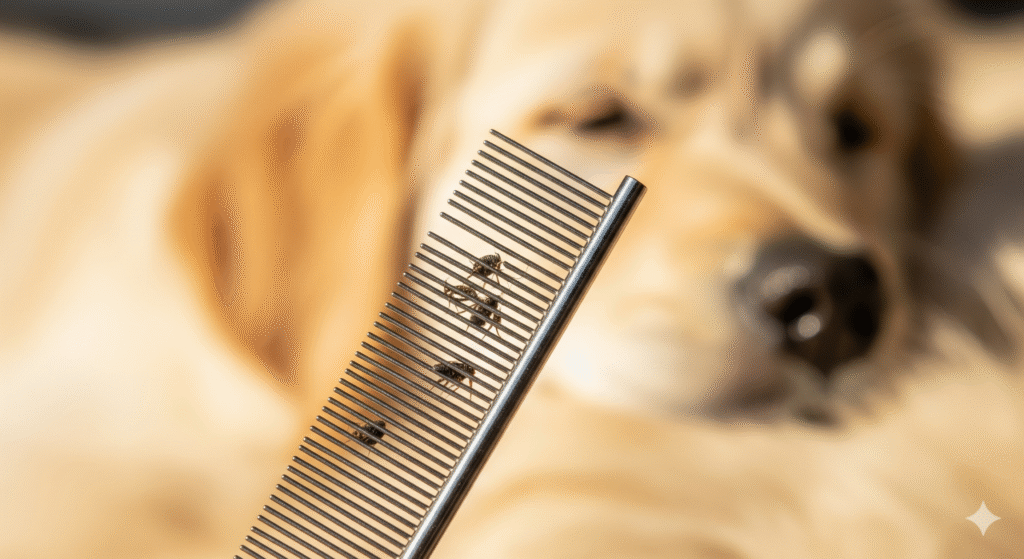
Find the Most Absorbent, Leak-Proof Pee Pads
We tested dozens of pads for absorbency, size, security (non-slip backing), and value to save you from messy cleanups and find the best options for effective housebreaking.

